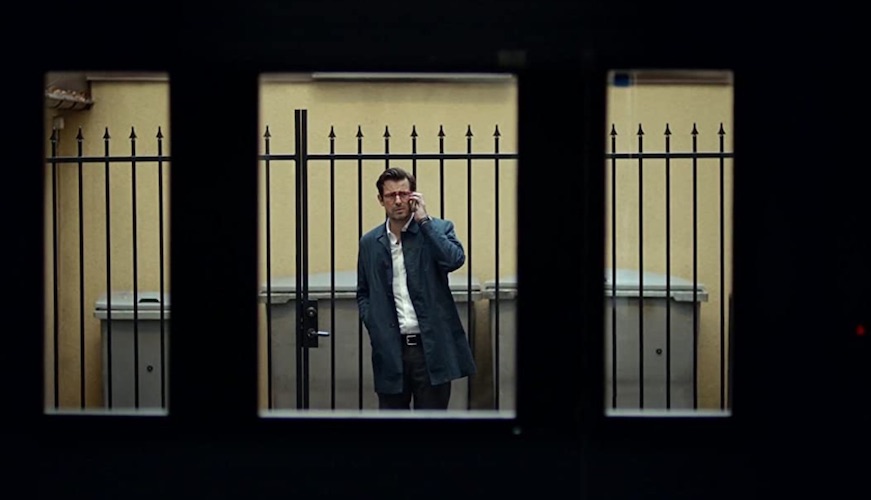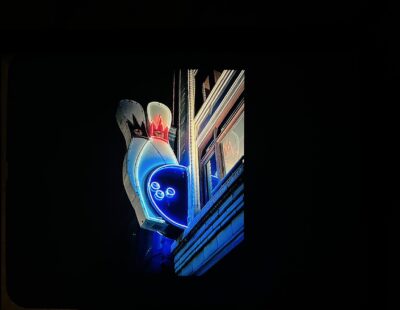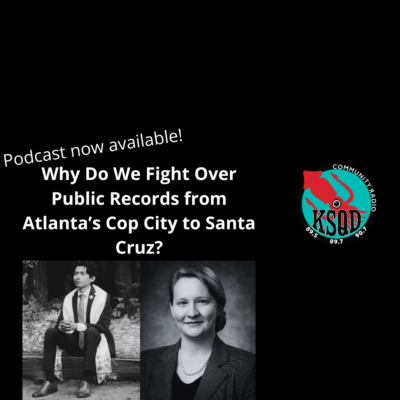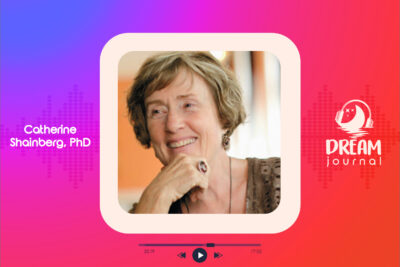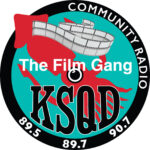
In 2014, Swedish director Ruben Östlund released his breakout film, Force Majeure. It explored the uncomfortable but humorous consequences of one man’s ignominious act of self-preservation after he turned tail and ran during an avalanche, leaving his wife and two children behind – alive but rattled. With his 2017 follow-up, The Square, Östlund once again demonstrates his talent for teasing out the comedy from awkward situations.
The Square involves a prestigious Stockholm Museum as well as its tall, handsome art curator, Christian, played by Claes Bang. The storytelling is episodic as opposed to plot driven, roughly divided between the museum’s marketing and fundraising events and Christian’s personal and professional life. The museum is the elitist embodiment of questionable values, hosting pretentious exhibits such as a stack of chairs and piles of gravel, raising the obvious questions, “What constitutes art?” and “Who gets to decide?” Christian keeps busy juggling museum business, post-divorce custody of his two school-aged children, and the occasional female attracted to his public stature, intelligence and good looks. Several of The Square’s most memorable moments stem from Christian’s interactions with a journalist, played by the wonderfully expressive Elizabeth Moss. Moss manages to convey so much with a perfectly timed blink, smile, or tilt of the head, her dialog is almost superfluous.
The film’s title comes from an installation art piece called The Square, consisting of a large, illuminated quadrilateral built into the courtyard grounds of Christian’s museum. It’s also the film’s central metaphor, representing the invisible social boundaries that keep us in our place. As long as those imaginary boundaries are respected, life chugs along fairly smoothly. But when someone crosses the line, the consequences can range from benign social unease to complete and utter chaos. Over the course of The Square’s two and a half-hour runtime, many such lines are crossed.
The frequency of social snafu’s both big and small might seem contrived, but not if The Square is read as a cautionary tale. The world Östlund depicts appears to be teetering on the brink of civil dystopia, and, like the fissures that precede a volcanic eruption, the copious conflicts point to an underlying problem – mainly, economic inequality. Whether it’s a performance artist who acts out while being exploited for the dining entertainment of one-percenters, a poor immigrant boy insisting on restitution following a false accusation, or a homeless person demanding a meal, there’s the sense that large swaths of the population are mad as hell and aren’t going to take it anymore.
This may not sound like the stuff of comedy, but therein lies the genius of The Square. Östlund has a psychologist’s eye for human nature and the understated comedic touch of Jacques Tati. The end result is akin to virtual slapstick, the emotional equivalent of slipping on a banana peel. Östlund’s films are so unique they’re worthy of a subgenre of their own. Maybe someone should coin a fancy French phrase to describe them, such as Cinéma des Maladroits, or Cinema of the Awkward. Even though every scenario depicted in The Square is cringe-worthy, tonally the humor is always there, even if it is as dry as the Atacama Desert.
For KSQD’s Film Gang, this is Paul Kanieski.

